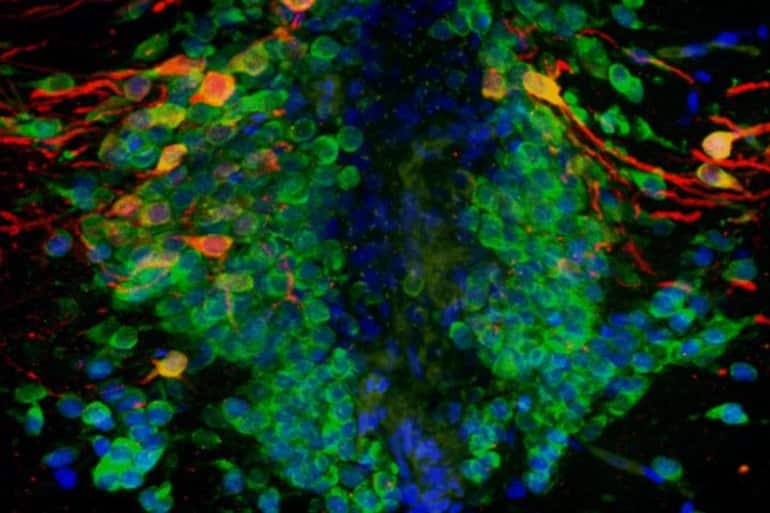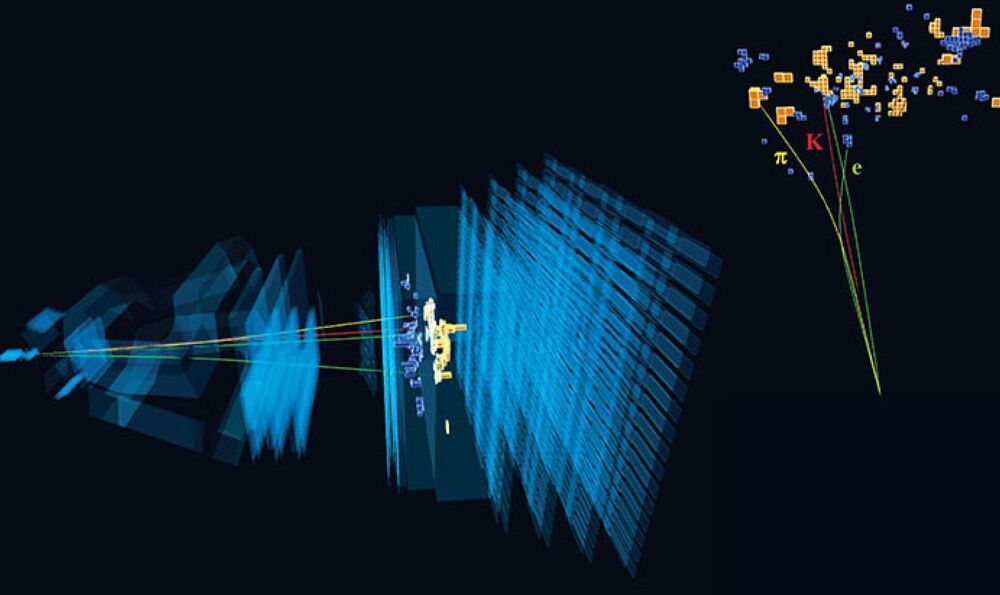Mar 24, 2021
First house on the moon could be yours for $60M: study
Posted by Genevieve Klien in categories: finance, habitats, space travel
The first house on the moon, an ambitious space-saving alternative to life on crowded Earth, could cost an out-of-this-world $60 million, according to a new study.
That’s an estimated $320000 monthly payment for 1356 square feet of interior space, so if you want to go big, stay home.
The study, conducted by the UK finance site Money.co.uk, used SpaceX’s blastoff weight pricing to estimate what it would cost to bring materials, tools and laborers to the moon to begin the work. It also factored in the costs of new technology that architecture on the moon would require for life support and other factors.

















